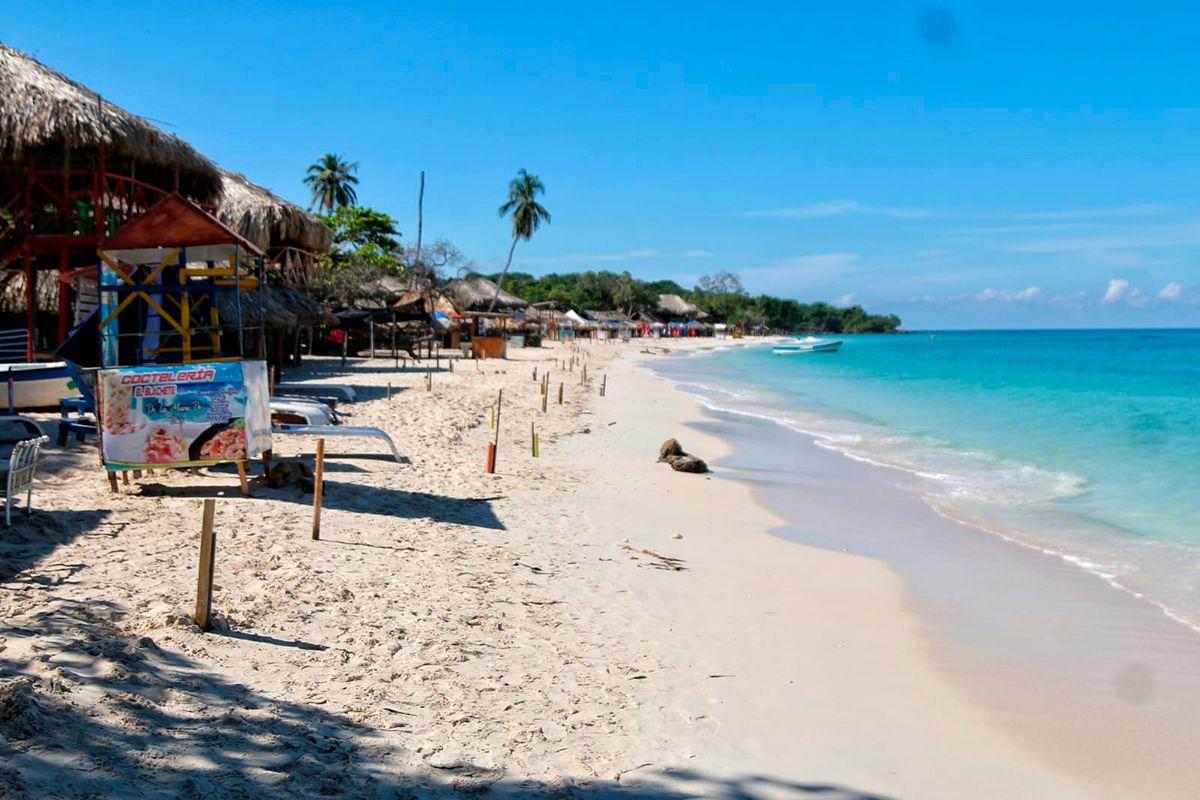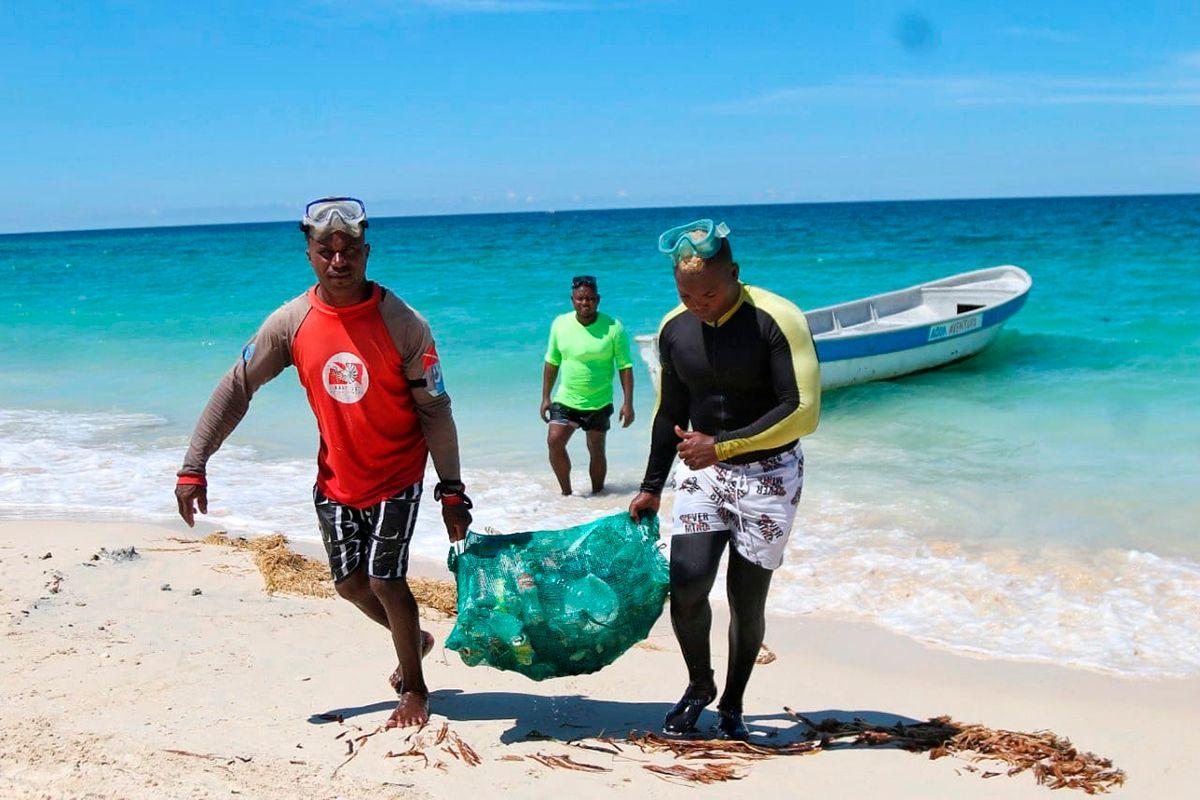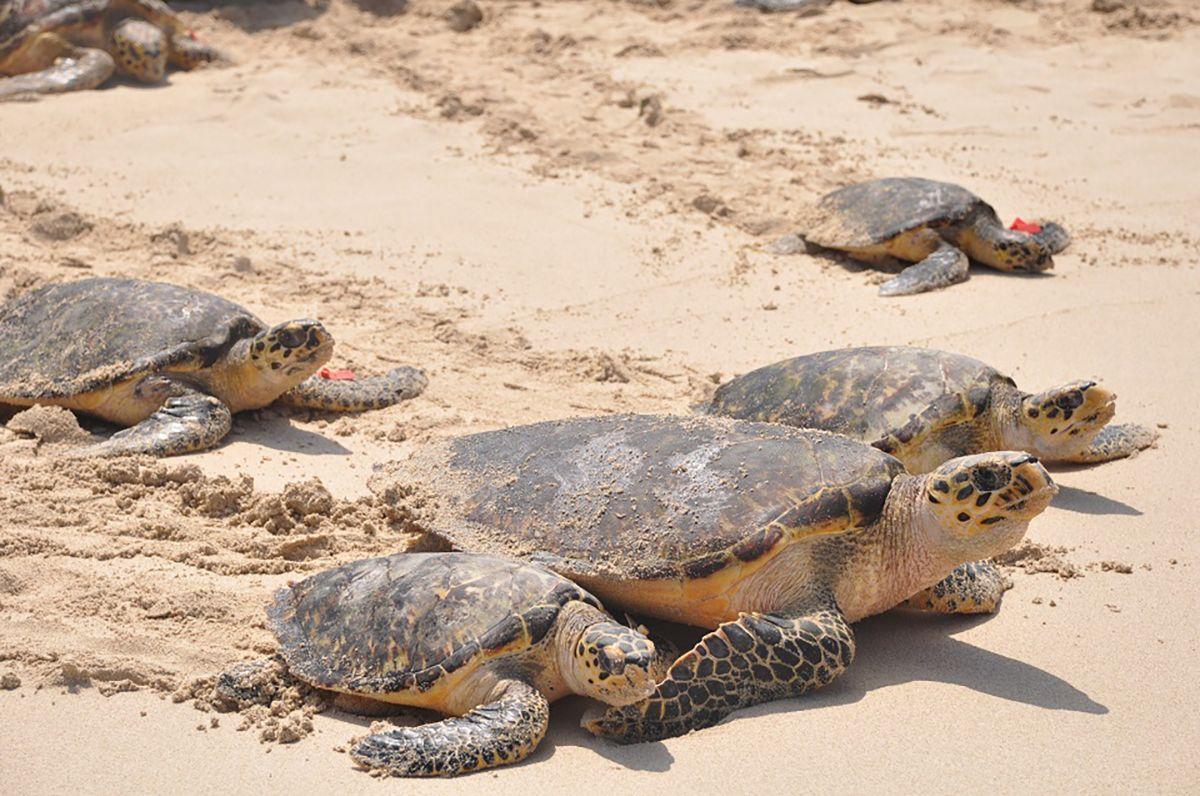Excessive tourism off the north coast of Colombia became a threat to sea turtles. The occupation of nesting areas has led the Regional Autonomous Corporation of Canal del Dique (Cardique) to spearhead a project to collect information to identify nesting beaches in Barbacoas Bay and Barú Island, in the department of Bolívar.
“(In Barú) tourism developed that is not compatible with the survival of sea turtles, so (the staff of) National Parks began to warn that starting in 2014 or 2015 there was a decrease in nesting events. Hence the need to update all this situation and determine the best strategies for interacting with the community for the conservation of sea turtles and the entire ecosystem,” explained Andrés González, a specialized professional at Cardique.
According to González, the main focus of the project so far has been the collection of information, such as the zoning of nesting points and the geomorphology of the beaches. Work began at the beginning of this year by fishermen from the communities of Bolívar and the Omacha Foundation, also dedicated to conservation in Colombia.
With this information, a diagnosis is constructed to define a protocol for the conservation of sea turtles. Until press time, the diagnosis is not yet public and is still under review by Cardique.

Playa Blanca and a diagnosis
Institutions dedicated to environmental conservation in Colombia identify that tourism in Barú underwent a process of overcrowding. Mainly after 2014, when a bridge was built to Playa Blanca, from Isla Barú to Cartagena.
For its part, the measures taken by the government recently are focused only on maintenance. In accordance with the Decree of October 19, 2022 signed by the mayor of Cartagena, two days a month, from January to April, the beach will be closed and during this time there will be cleaning and training days.
The measure began to be implemented this year, but it is not the first time that the government has made this decision. The closure of beaches has a history since 2015.
Despite the actions, the biggest problem is beach occupancy. Playa Blanca has become one of the main tourist destinations with up to 14,000 people visiting in high season, which exceeds the capacity of an area that can receive up to 3,000 per day.
“Among the threats is the occupation of nesting areas, among many other things such as water quality, but let's say that the main factor, on which all the problems depend, is the occupation and the dynamics of the use of ecosystems,” said Andrés González de Cardique.
Added to this are other factors that have an impact such as inadequate waste management, pollution and overfishing. The main threatened turtle species is the hawksbill (Eretmochelys imbricata).
The Cardique project, in cooperation with the Omacha Foundation and the communities of Barú and Bahía Barbacoas, has so far achieved its first diagnosis. And it is expected that by next year, protocols will be implemented according to the needs of each community.
Among the information to consider is the temperature to see if it is necessary or not to implement incubators that facilitate the turtle's clutch. As well as regulating the incidence of sex so that there is a balance between males and females. In some other cases, depending on the level of urgency, the extraction of the clutch would be considered to provide better conservation conditions.

Cardique has continued to work with communities through its community councils, but it also expects the contribution of official authorities.
“Obviously, this work has to be done in the company of other authorities such as police, national parks, the mayor's office of Cartagena or local mayors. And we too, as an environmental authority, will do our job of conserving and managing resources,” González explained.
Another action that is expected to be undertaken next year as part of the project is to establish days according to the turtle nesting season. These will be accompanied by community-based monitoring.
“Our main challenge in community work is to raise awareness that allows sustainable use. We must be sure that nesting events will be duly notified. As it is participatory monitoring, the community would mainly have the responsibility to notify us of reproduction events that are not or that have not been recorded during the monitoring days,” added the specialist.



Comentarios (0)